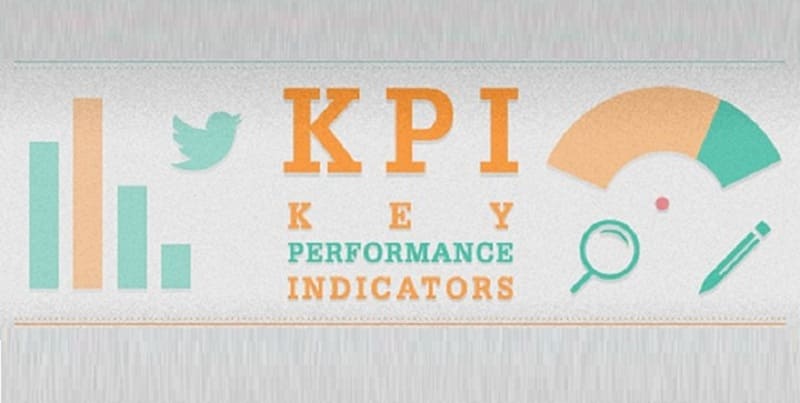When it comes to charting your inbound marketing strategy, it is imperative to clearly define your KPIs (or Key Performance Indicators). But what exactly are they? I give you the answer in the following post.
What are KPIs?
The inbound marketing is here to stay. When we talk about inbound marketing we talk about:
- Web Positioning (SEO)
- Social networks
- E-mail marketing
- Content Marketing
When it comes to a strategy that involves different content and media, one might think that measuring the results obtained could be somewhat complex. However, the excellent measurement capabilities provided by digital media allow us to define metrics more clearly to assess the performance of the actions performed.
How do you define a KPI?
Performance indicators are usually developed by applying the SMART acronym, since they must be Specific, Measurable, Achievable, and Relevant and must cover a certain Timely period. Inbound marketing strategy.
Web Positioning KPIs
Visits:
The traffic from search engines like Google is increasingly important, so nowadays it is imperative to rely on an updated SEO strategy.
Conversions:
This is the amount and percentage of visits from the search engines that complete the cycle on your website, either by making a purchase, by registering for your newsletter or by performing what you have defined as your goal.
Tickets:
The cash flow generated from the conversions produced by the visits from the search engines. Calculate the total tickets as well as the average ticket per visit.
Social Media KPIs
The growth of Followers:
Increasing the number of followers is usually a good sign since it means a greater reach of your brand and your messages. However, do not trust too much: quantity is not always synonymous with quality. Avoid unethical practices to increase your follower base.
Links Clicks:
This index is a good indicator of the relevance of the content you share with your audience.
Shared Links:
This indicator is also very valuable for measuring the performance of your strategy since each shared link strengthens the possibility of increasing your follower base.
The volume of Publications:
This metric allows you to evaluate the constancy and periodicity with which you publish content. And although it seems simple to measure, generating the content is not so much.
Email Marketing KPIs
Delivery fee:
It is represented by the number or percentage of emails that actually arrived in our email subscriber’s mailbox. It is a good reference on the quality of your database and your email marketing service.
Opening Rate:
Matches the amount or percentage of emails that were opened over the total submitted in your campaign. Represents a good indicator of the interest you generate in your target and the quality of the subject that was set for your campaign.
Click Rate:
CTR (Click-Through Rate) indicates the number or percentage of clicks made on the links included in your site. This indicator is a key piece to measure the level of interest that aroused your content or pieces sent to your registered, as well as the effectiveness of the Calls to Action (CTAs) you have chosen.
Conversion rate:
How many conversions were generated on my website since my campaign was submitted? This KPI will answer your question. It is essential that the statistics of both media (email marketing and website) are integrated with each other.
Content Marketing KPIs
Unique Visits:
Compare different types of publications to determine which type of content is most interesting, based on the number of visits generated by the new post or the new page embedded in your site.
Geographic location:
Knowing the geographical location of most of your visitors will allow you to adapt the style, tone, and type of information to your target profile. To get to know it, create an account with Google Analytics and register your site.
Mobile Traffic:
This KPI is gaining more and more notoriety, from the furor generated by the increased use of mobile devices (such as smartphones, tablets, etc.) in recent years. If more visits are from these devices, you’ll know that you’ll need to tailor the content to your screens, maximizing their performance by making it more visual and synthetic.
Rejection Rate and Average Time:
In terms of web content, a high bounce rate indicates that the generated material does not match what the user expected to find at the time of joining your site. In addition, the average time of each visit is also an indicator of the relevance of your content to your target audience, since it indicates the time spent on your site.
Comments:
A post with many comments is a clear indicator of the interest generated in your audience. Content, a post with few comments does not always indicate the lack of interest. People often shy away from commenting and directly demonstrate their interest in sharing content on social networks.
Social Impact:
The number of times this content was shared in social networks is a clear indicator of its relevance.
Have you applied KPIs to your inbound marketing strategy? No? What are you waiting for? Remember that in Online Marketing, what is not measured cannot be improved!











